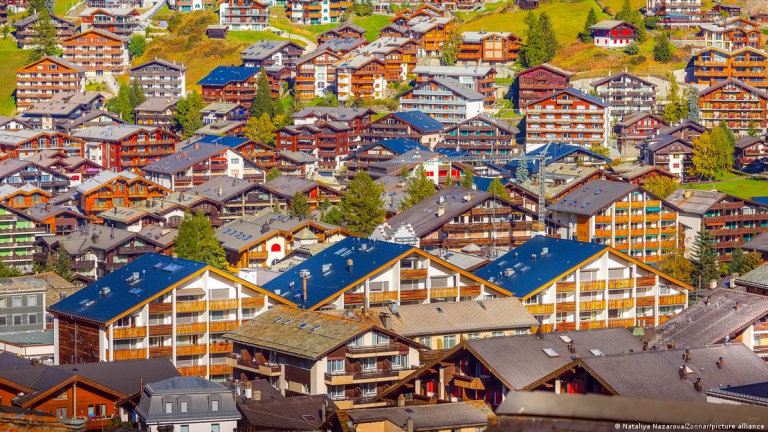Explore the delicate balance between the allure of the majestic Alps and the threats posed by climate change and mass tourism. As climate shifts reshape landscapes, ski resorts struggle, hiking trails become perilous, and local communities adapt, the Alps grapple with the dual challenges of preserving natural beauty and sustaining a tourism-driven economy.
Introduction: The iconic Alpine region, long celebrated for its breathtaking vistas and snow-covered serenity, faces an unprecedented conundrum. The harmonious marriage of tourism and nature is strained as climate change and mass tourism leave an indelible mark on this picturesque landscape. From receding glaciers to overcrowded ski resorts, this article delves into the evolving challenges that cast a shadow over the future of Alpine tourism.
1. Climate Crisis Unveiled: The Accelerated Warming of the Alps

The Alps, once synonymous with tranquility, are now at the forefront of climate change. Steffen Reich, Head of Conservation at the German Alpine Club, highlights the alarming rate at which the region is warming, surpassing the global average. Longer and hotter heat waves, reduced snowfall, and escalating storms are transforming the Alps, threatening glaciers and permafrost. The consequence? An increase in soil erosion, landslides, and mudslides, reshaping the very foundation of this pristine landscape.
2. Tourism's Tightrope: Balancing Popularity and Preservation
Tourism, the lifeblood of Alpine economies, stands at a crossroads. While Reich predicts a surge in tourism due to the cooling allure of mountainous regions amidst climate change, the industry faces existential threats. Ski resorts, grappling with diminishing snowfall, witness rising costs for artificial snow production. As temperatures escalate beyond the efficacy of snowmaking machines, the face of Alpine tourism hangs in the balance.

3. Ski Resorts in Peril: Navigating a Warmer Landscape
The poster children of Alpine tourism—ski resorts—are on the frontlines of climate change. With rising temperatures and erratic snowfall, ski resorts confront escalating bills to compensate for the lack of natural snow. The traditional allure of Alpine skiing is under threat, demanding adaptation and resilience from local communities. What does the future hold for these winter havens, and how will they redefine their identity in a changing climate?
4. Beyond Skiing: Embracing Alternatives Amidst Climate Challenges
Henriette Adolf of the International Commission for the Protection of the Alps envisions a shift in tourist activities. As traditional alpine skiing faces challenges, alternative pursuits like cross-country skiing, which requires less snow, emerge as viable options. Tourists may need to adapt to activities aligned with local conditions, heralding a paradigm shift in the Alpine tourism experience.

5. Hiking Hazards: The Mounting Dangers of Alpine Trails
While hiking and mountaineering gain popularity, they too face climate-induced risks. The Austrian Alpine Club warns of the dramatic consequences of global warming for high-altitude climbers. Melting permafrost above 2,400 meters poses threats, triggering mudslides and rockslides. Hiking trails are forced to close or undergo permanent alterations, challenging the safety and accessibility of these once pristine paths.

6. Water Woes and Overcrowding: The Local Toll of Tourist Influx
Beyond climate concerns, the Alps grapple with the downside of tourism success—overcrowding. Local populations are overwhelmed by the influx of trend-seeking tourists, impacting resources and affordability. The Italian region of South Tyrol exemplifies this struggle, prompting measures to limit holiday beds. The delicate balance between catering to visitors and preserving the essence of local life requires nuanced, region-specific solutions.
In conclusion, the Alps stand at a critical juncture, torn between the allure of tourism and the harsh realities of climate change. As landscapes transform and traditional activities face challenges, the region navigates a delicate balance. The path forward demands adaptive measures, a reimagining of tourist experiences, and a commitment to preserving the pristine beauty that has made the Alps a global treasure.

Comments